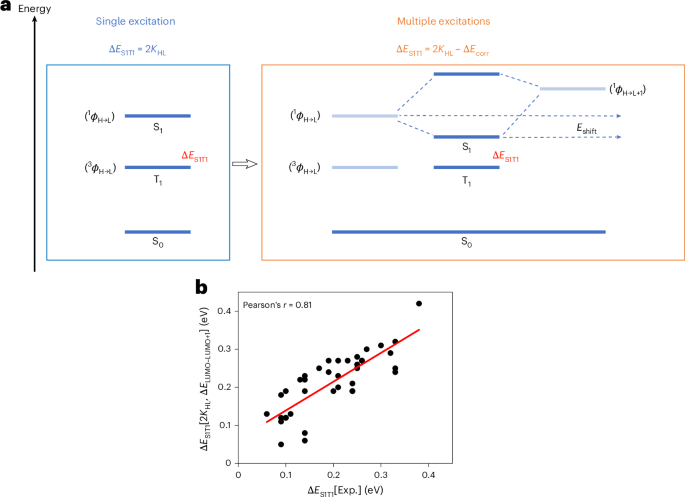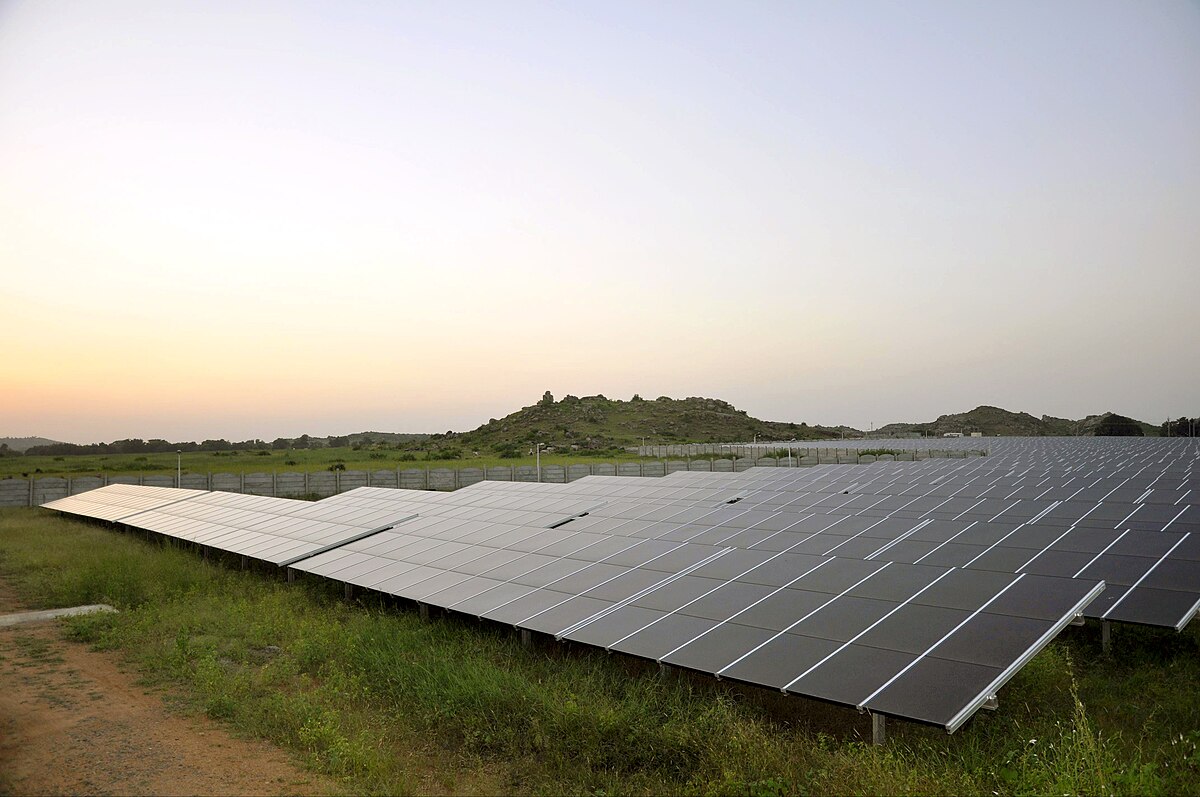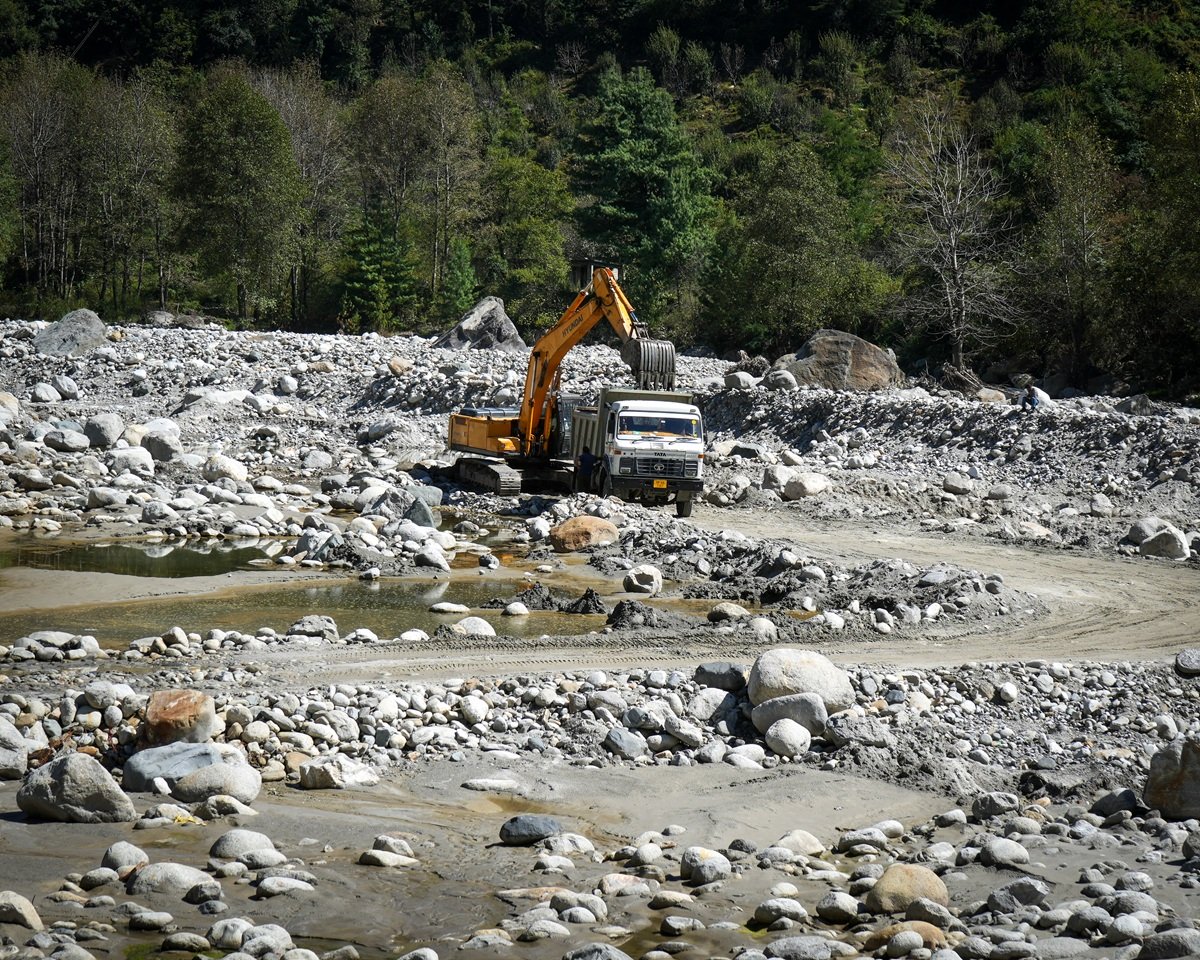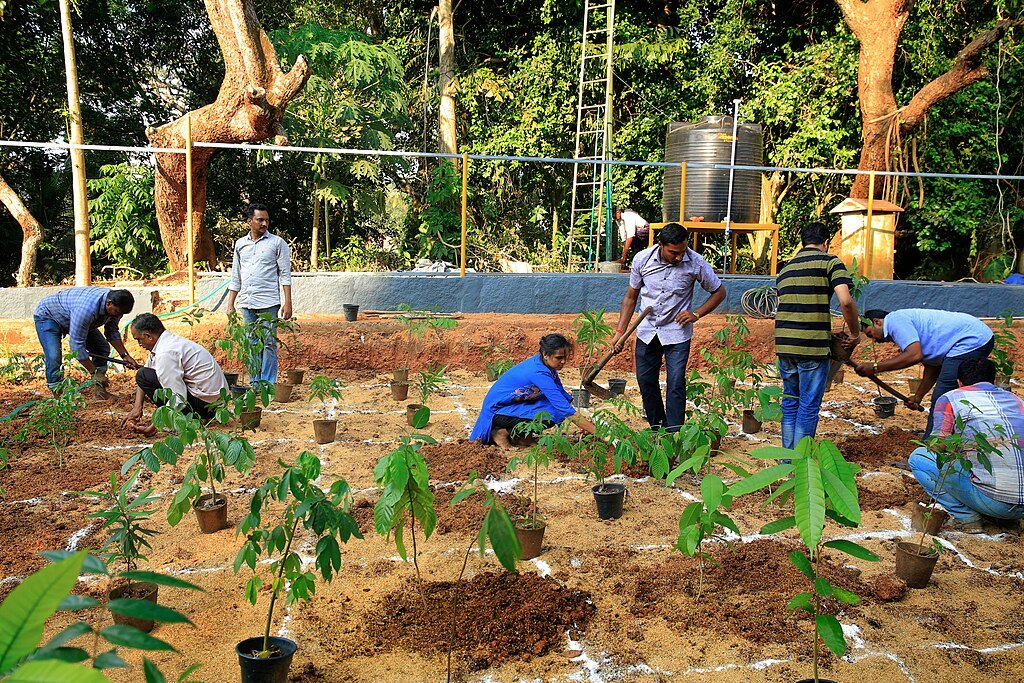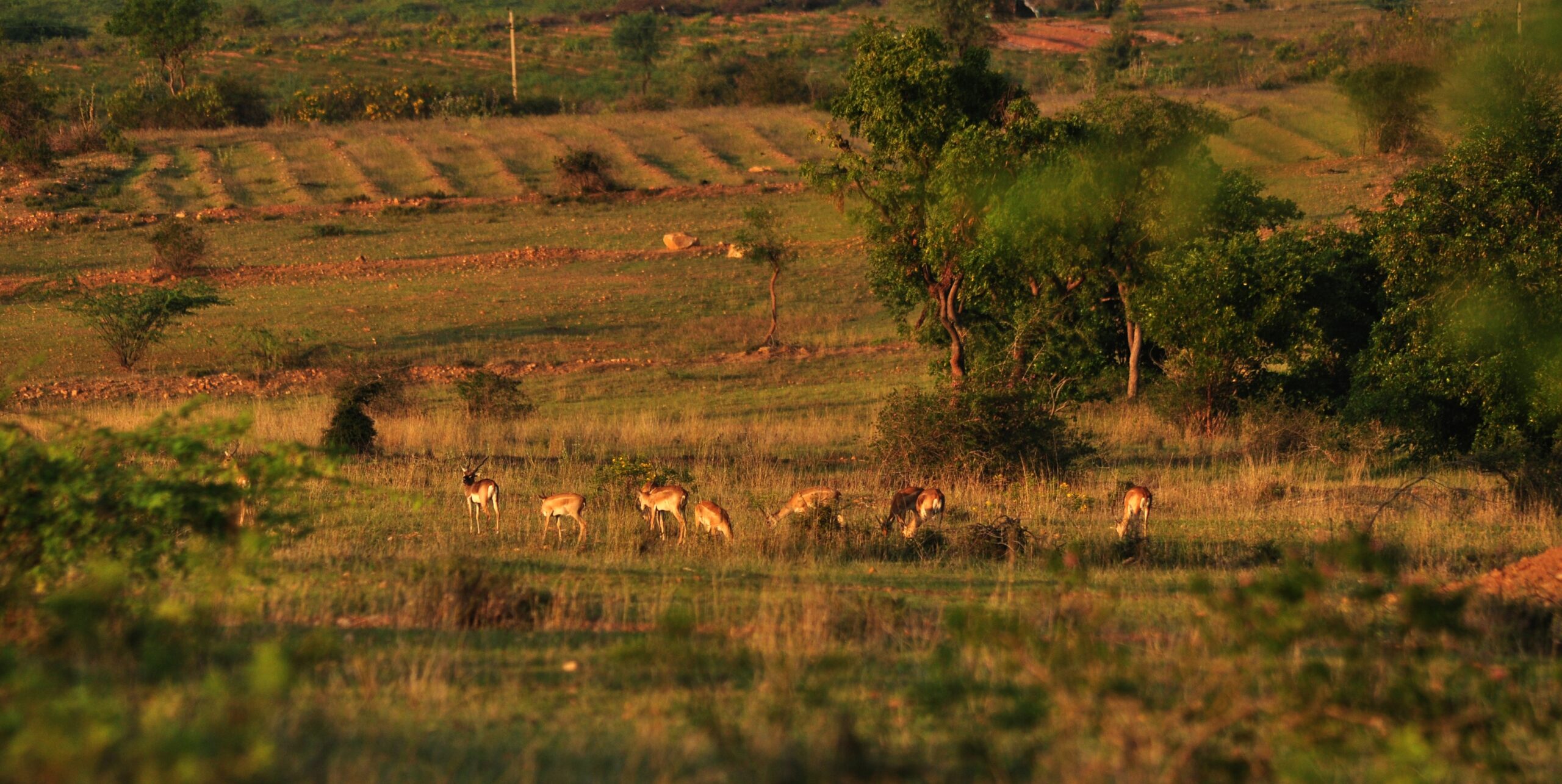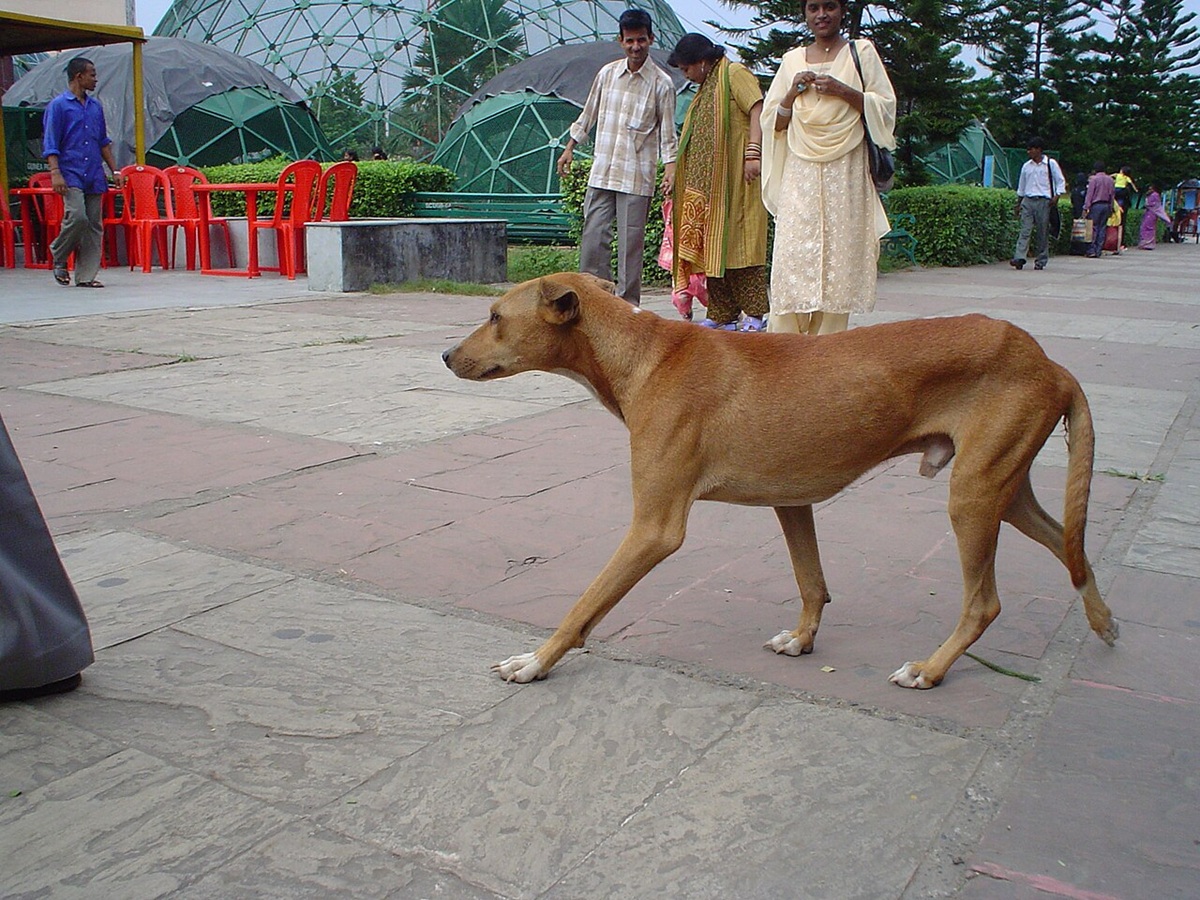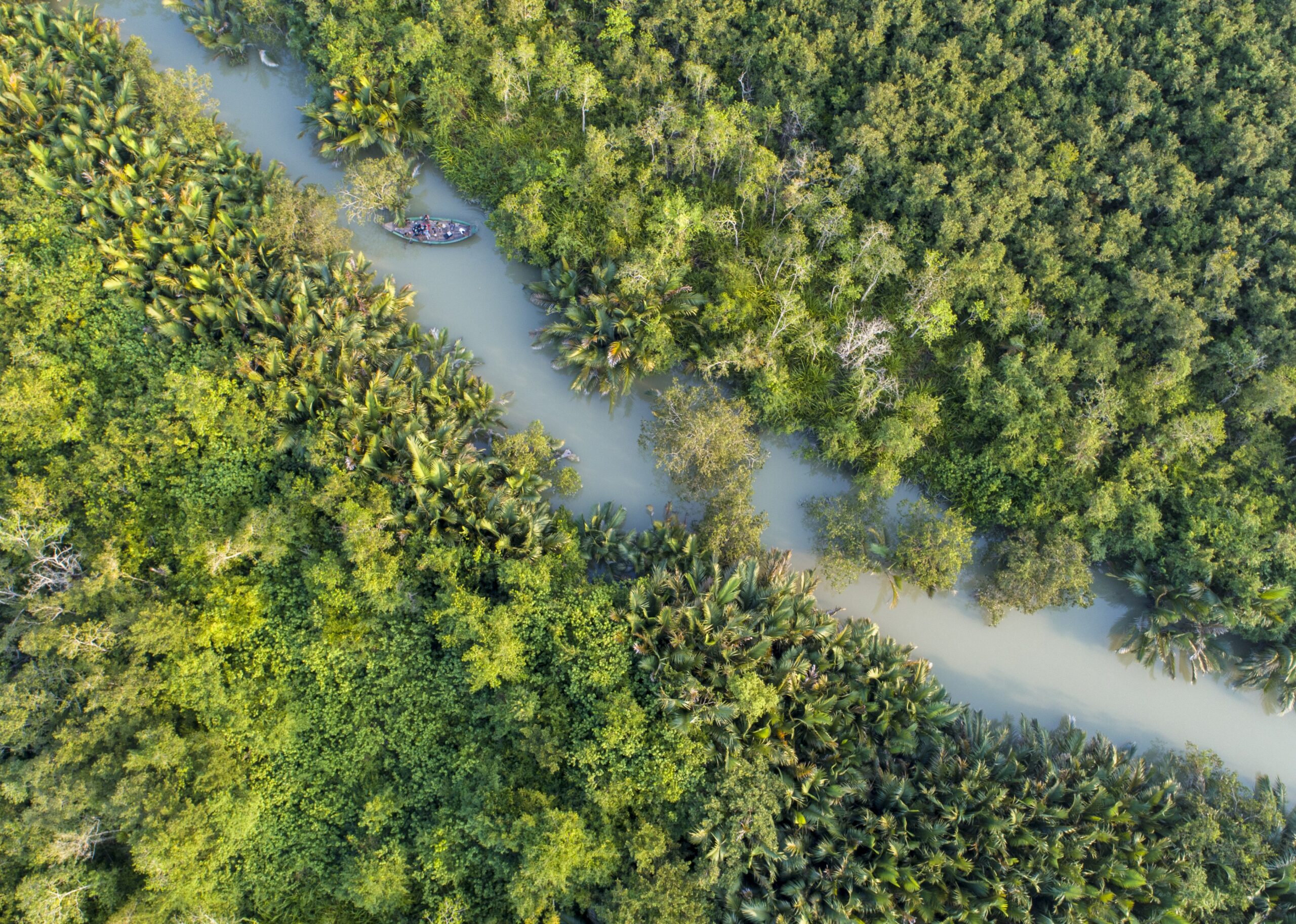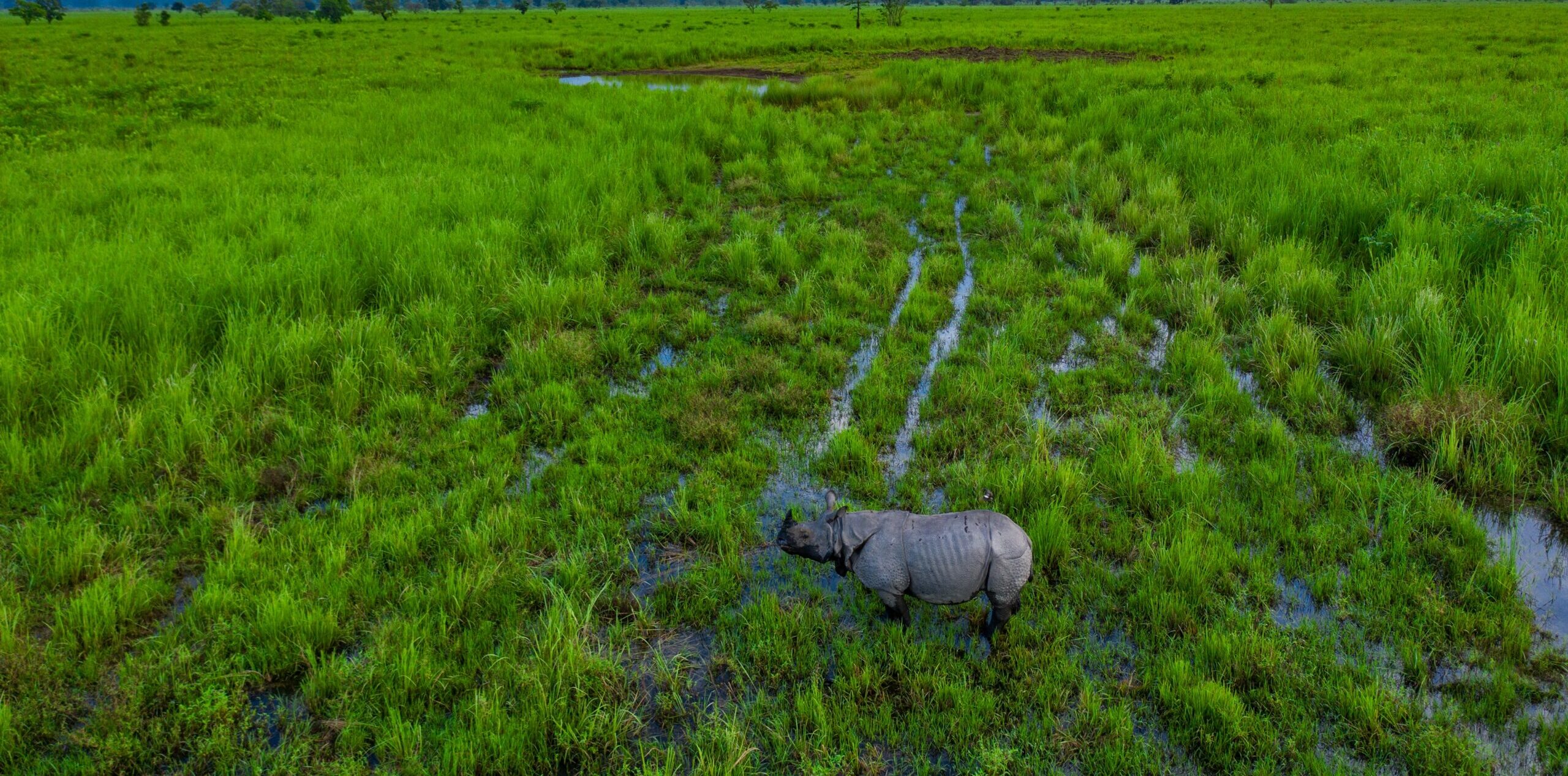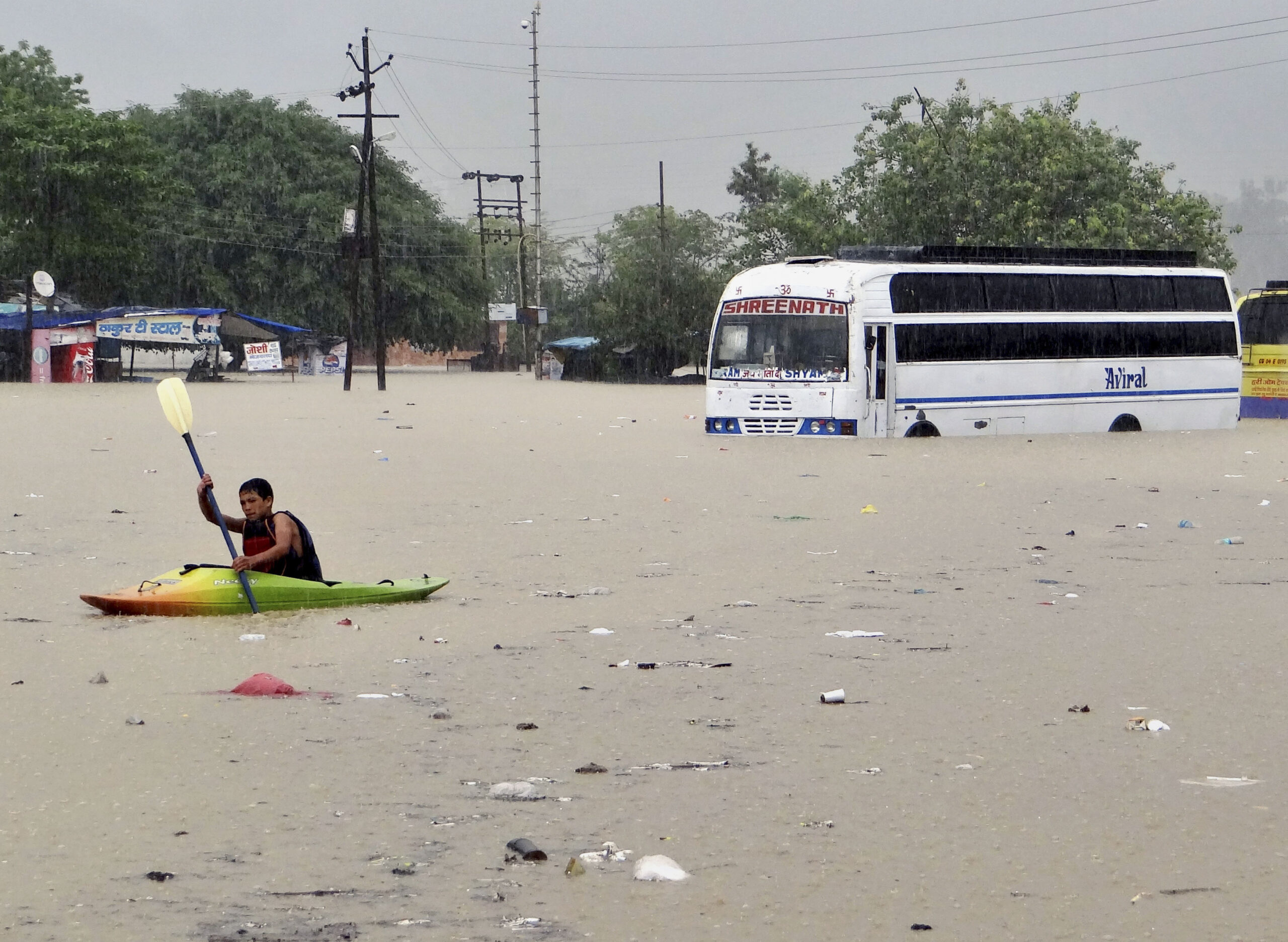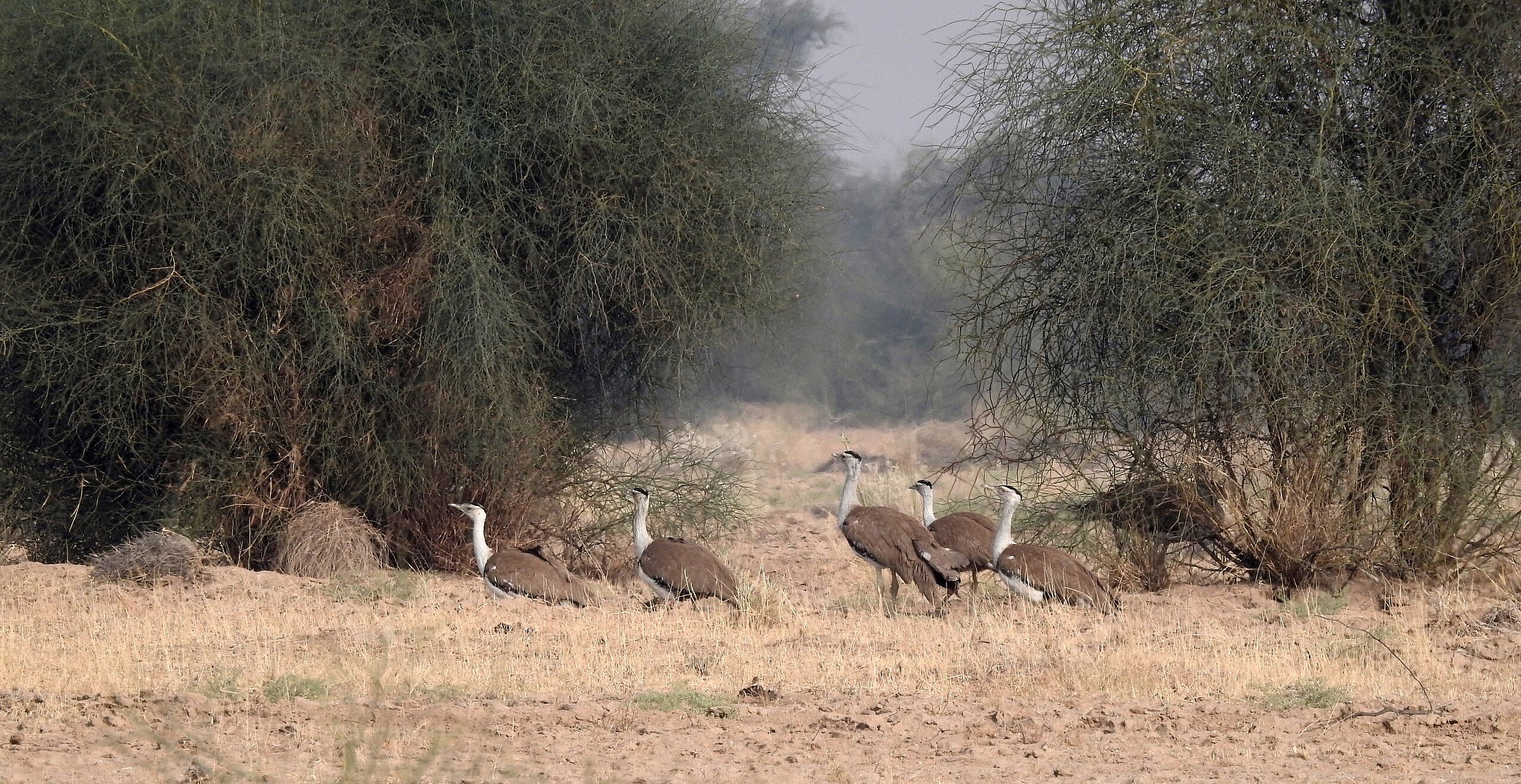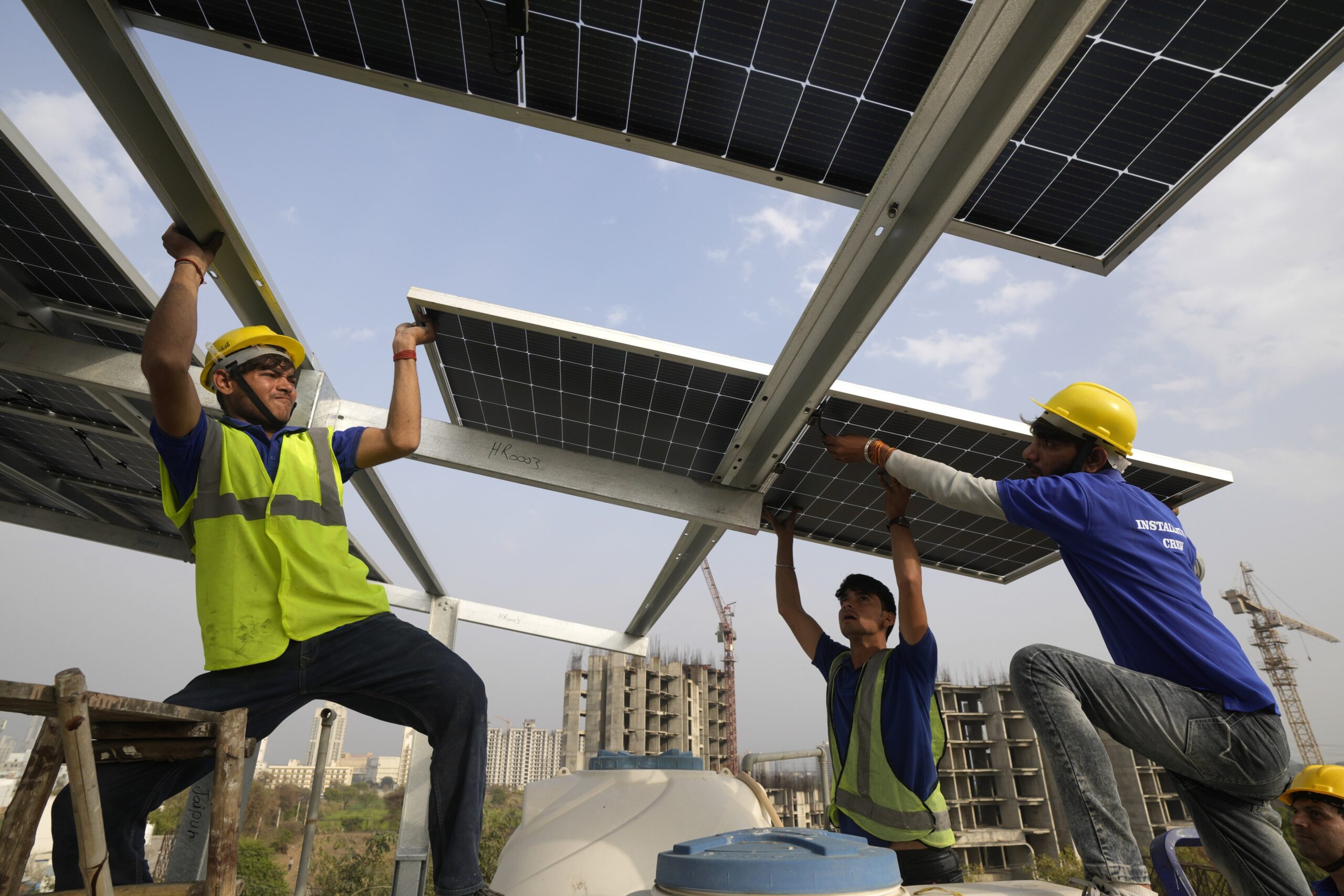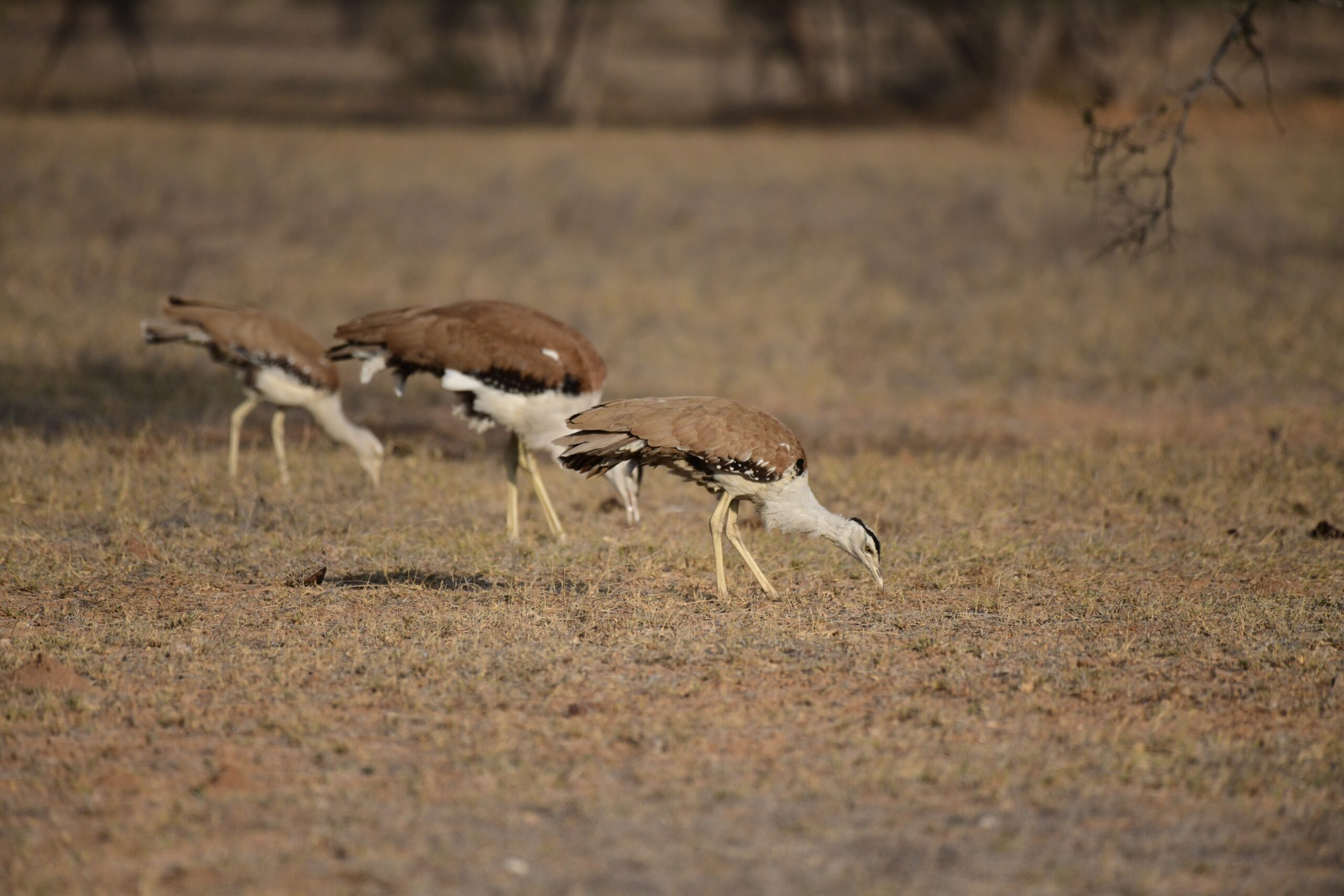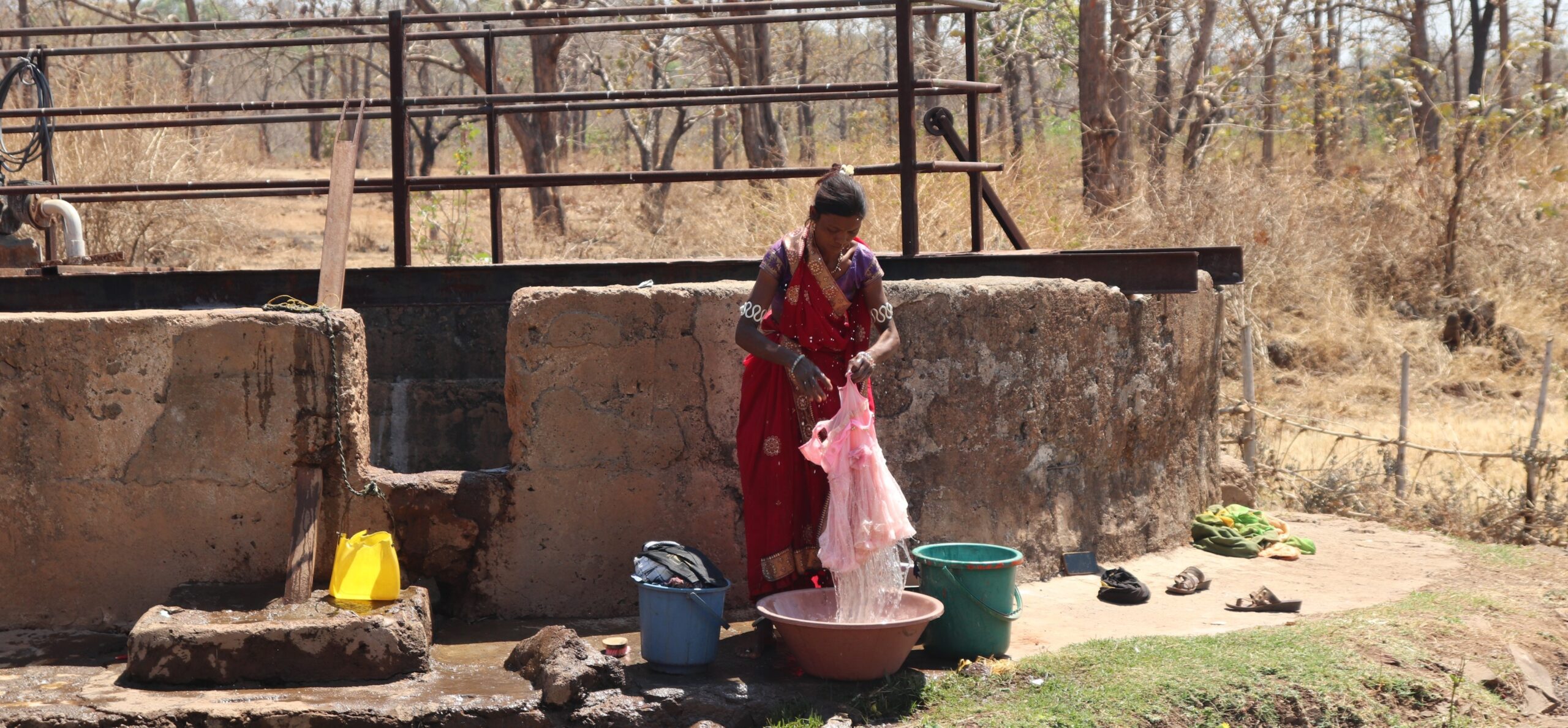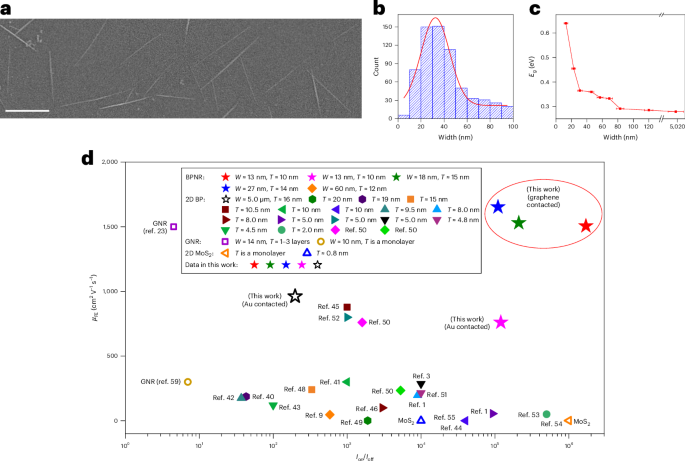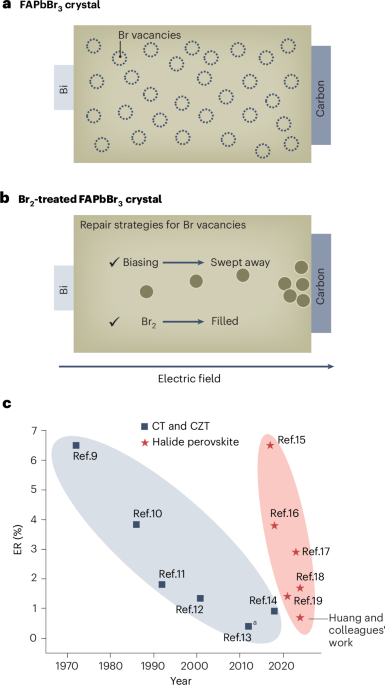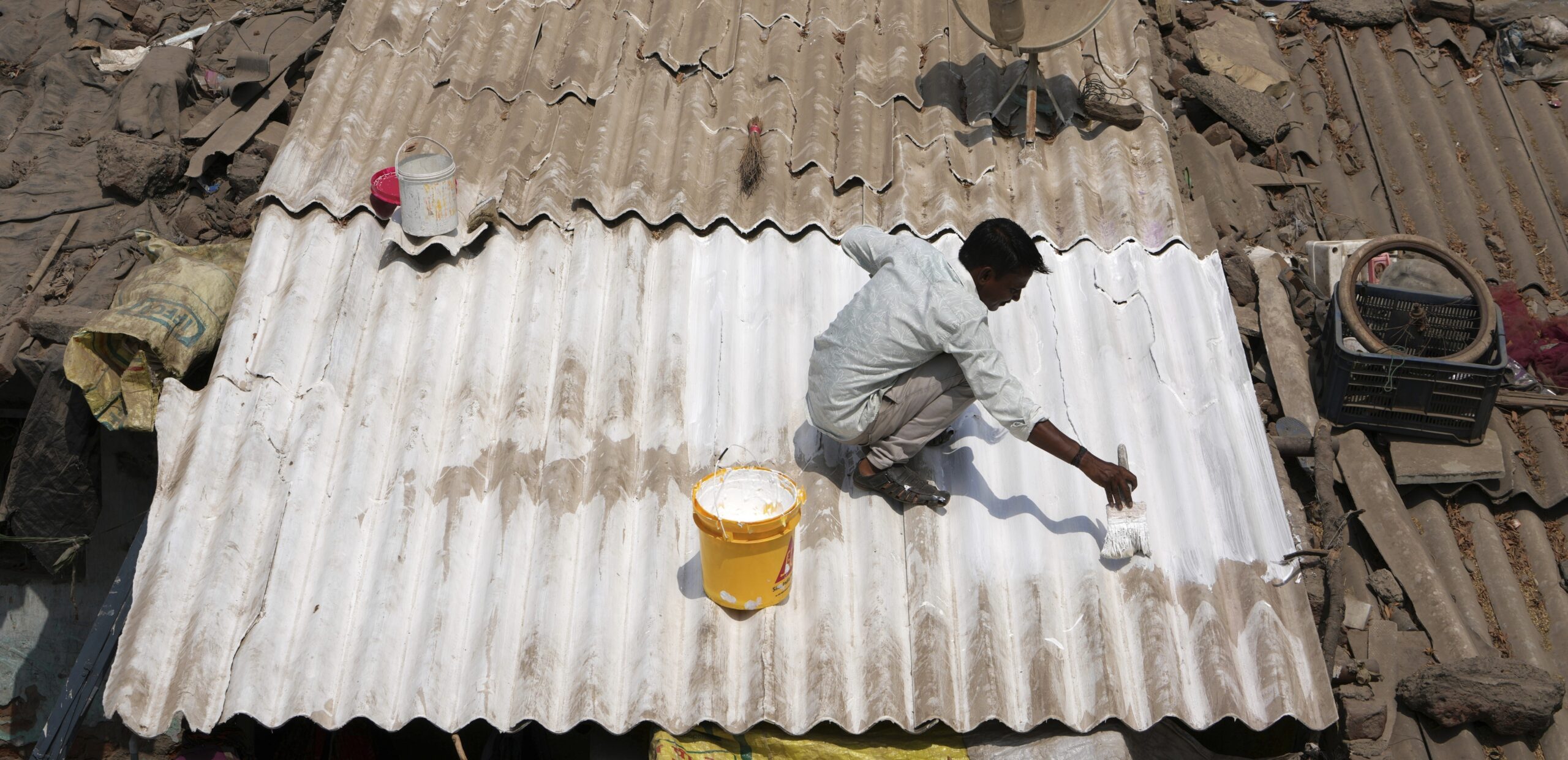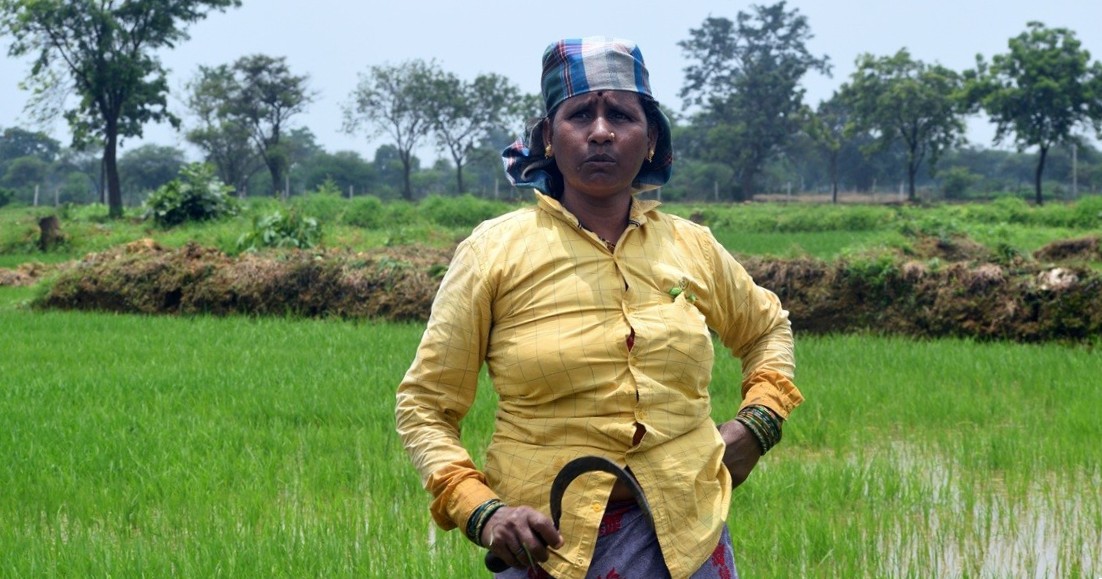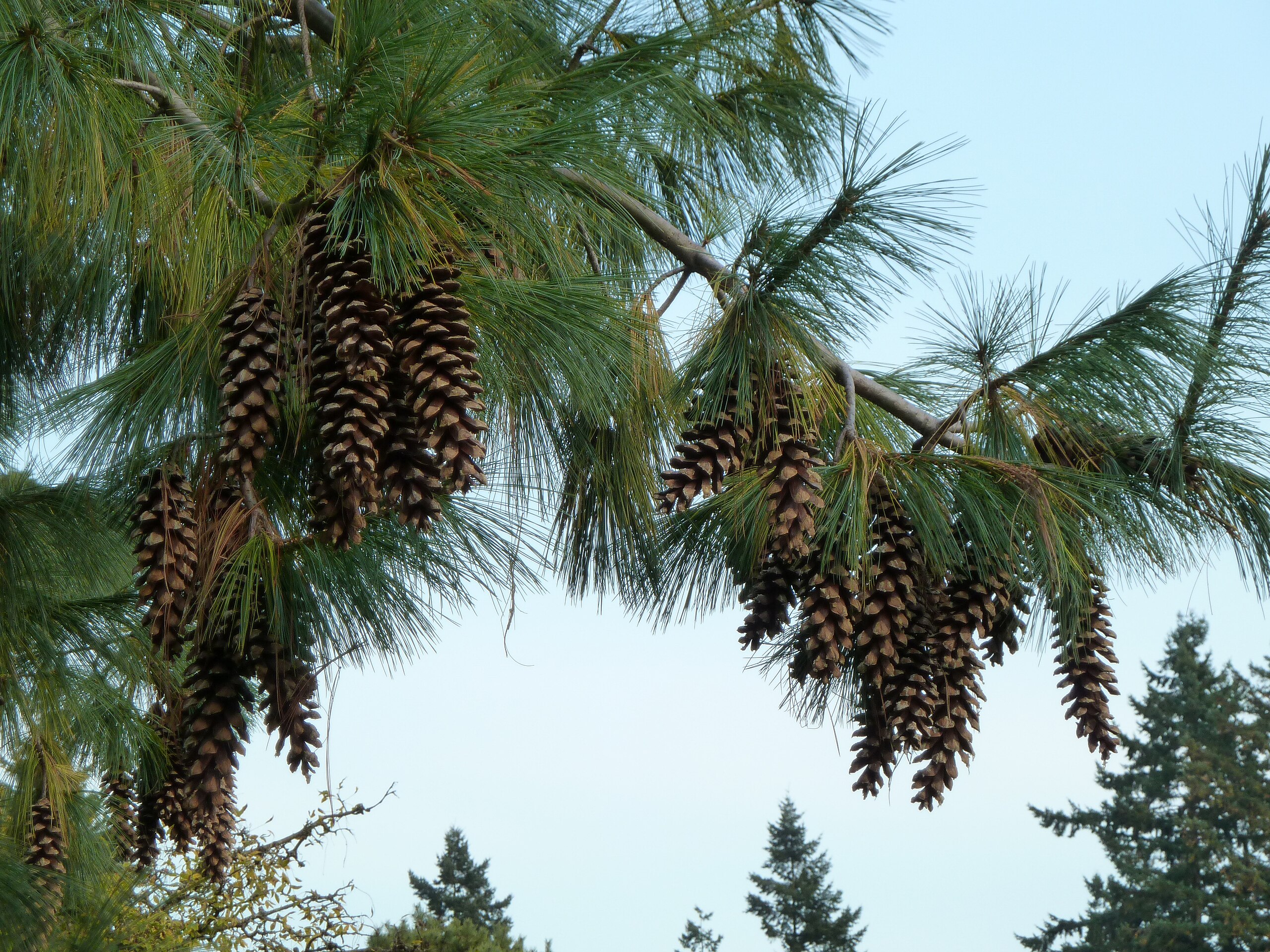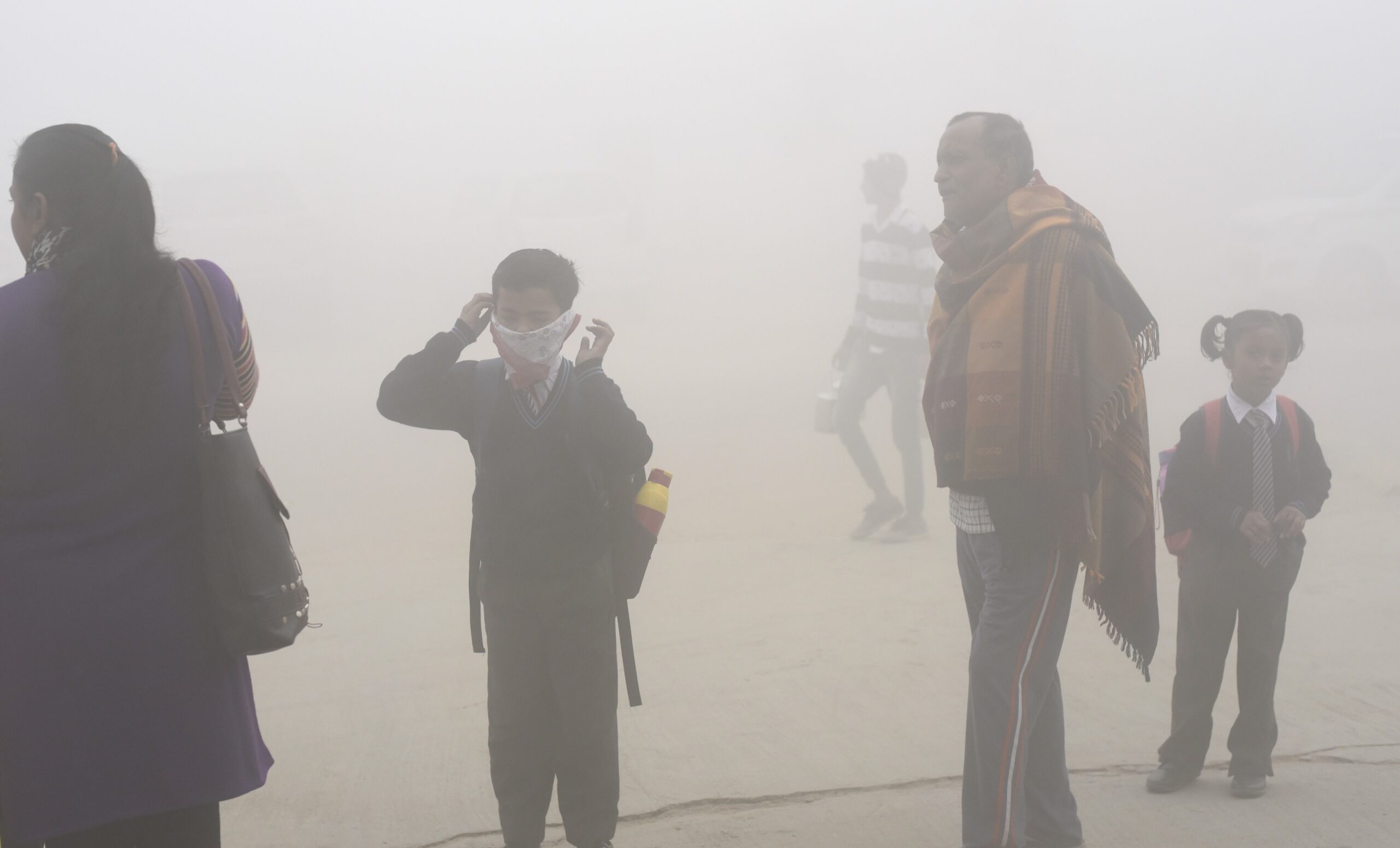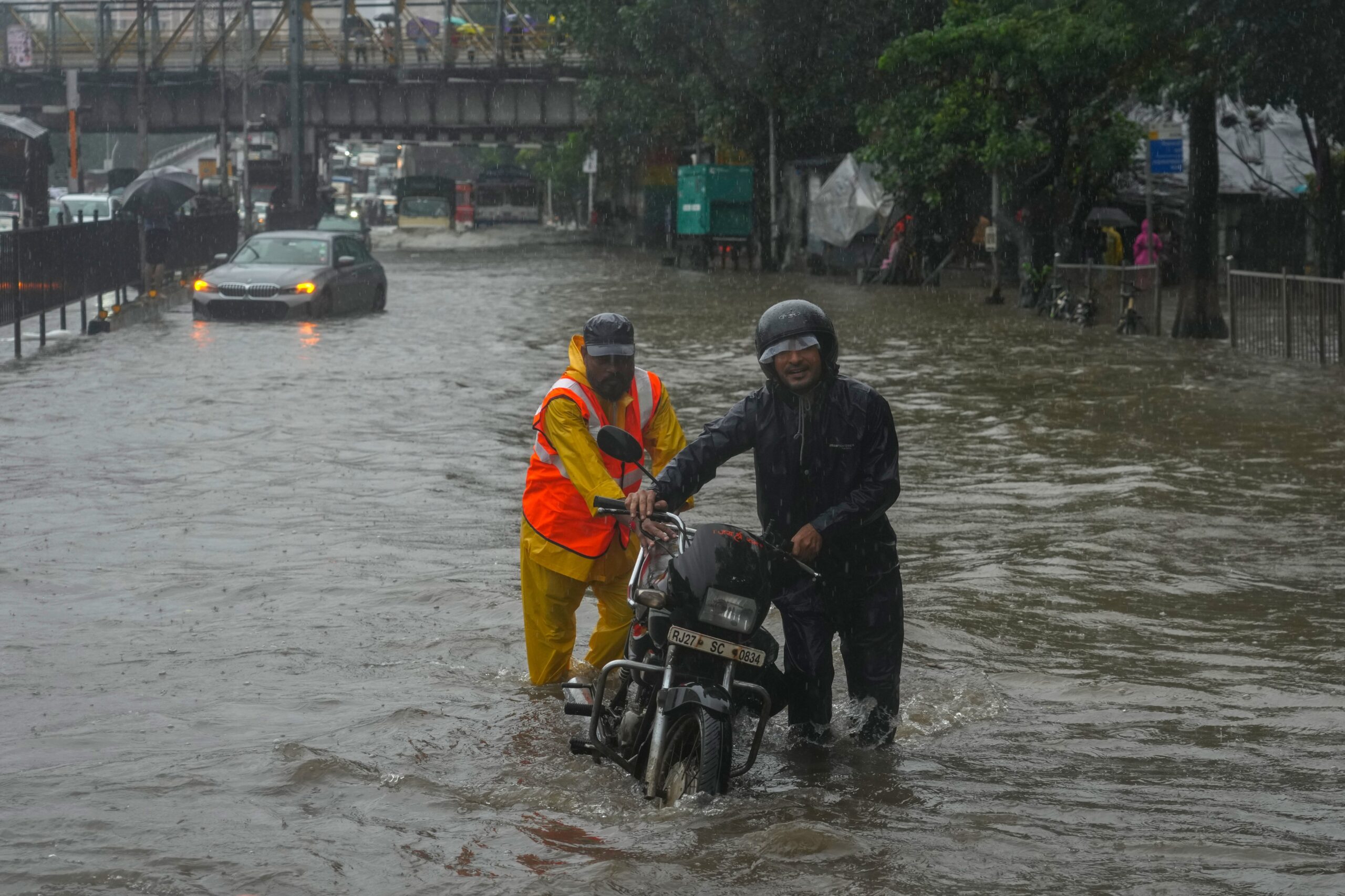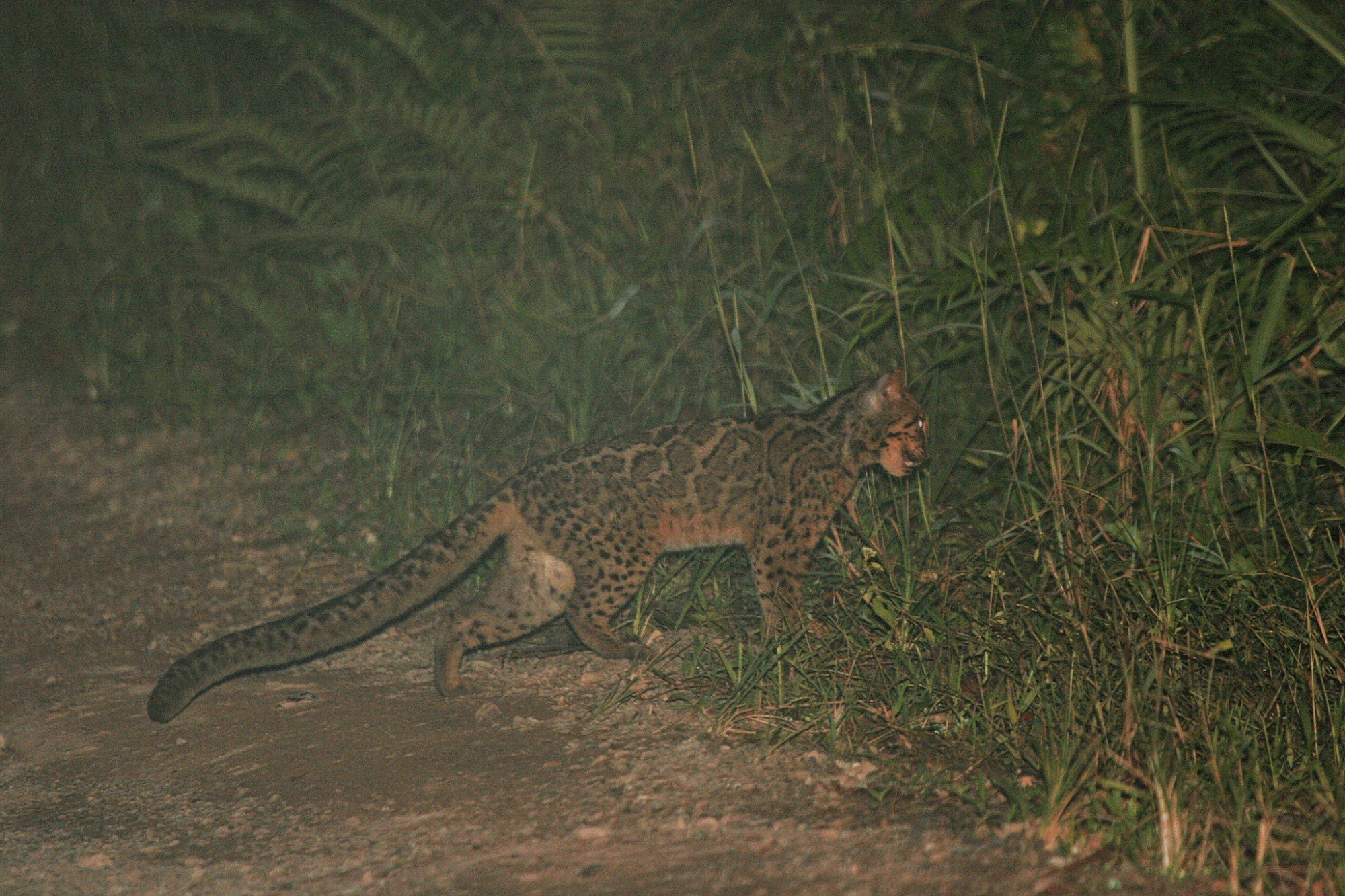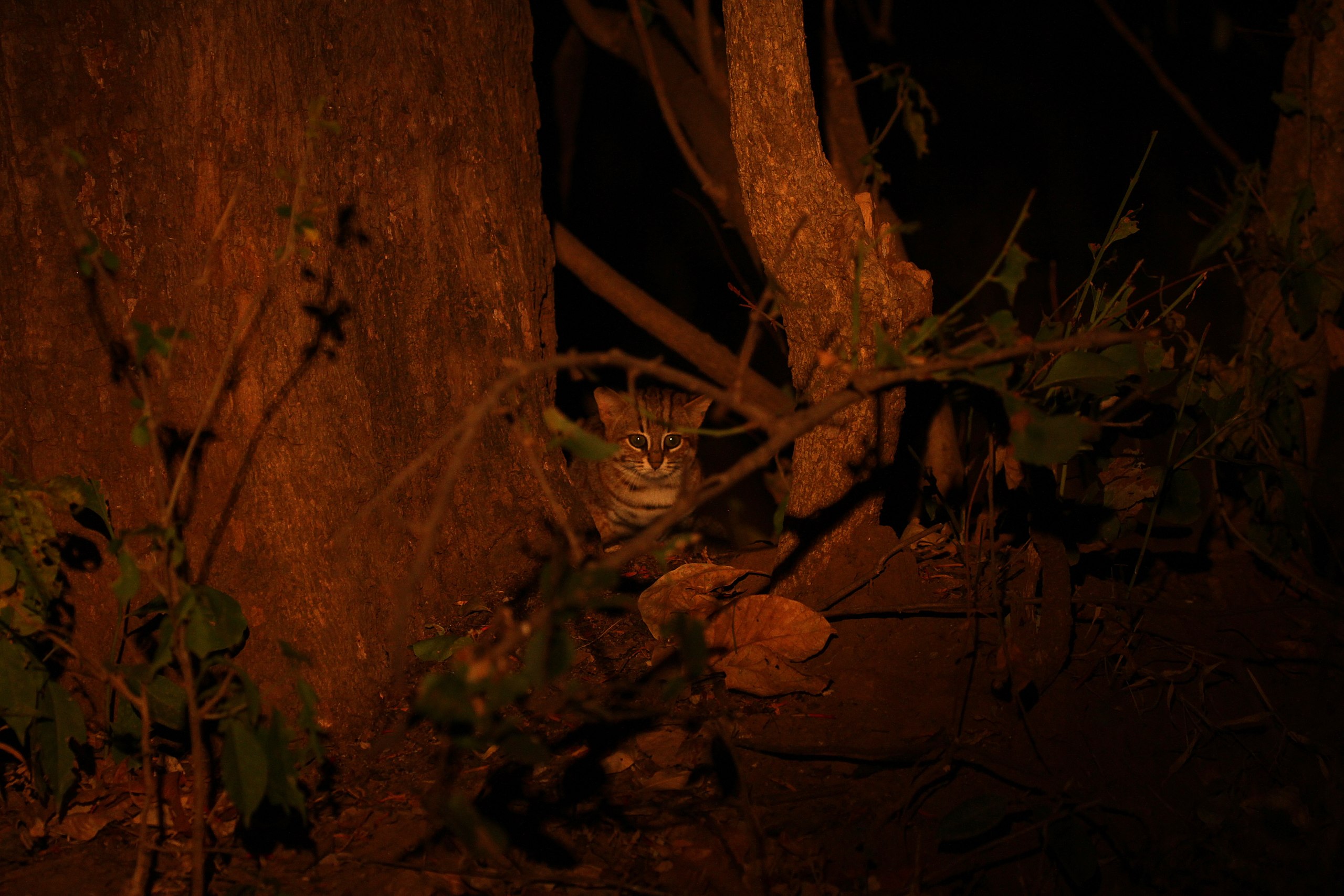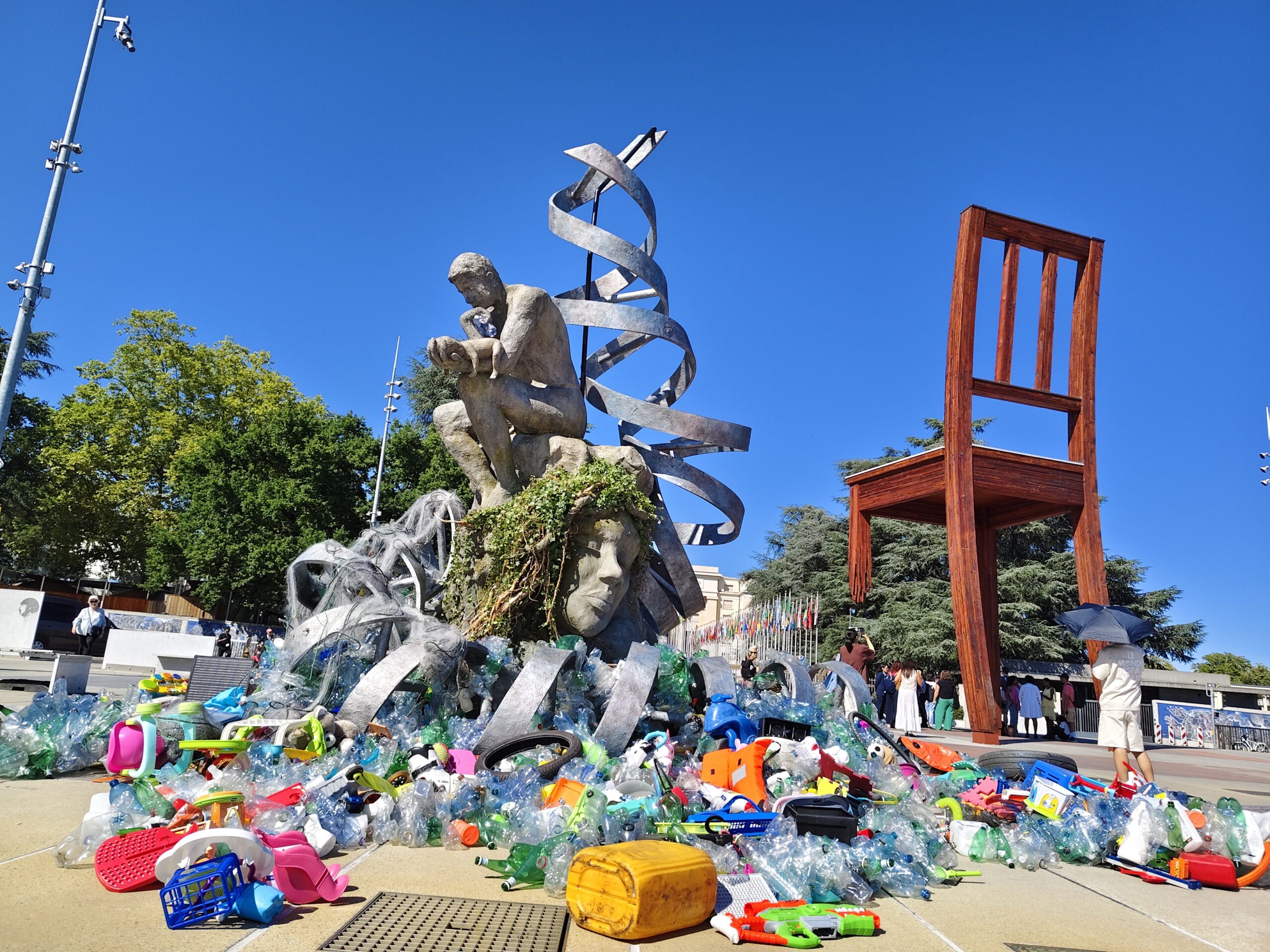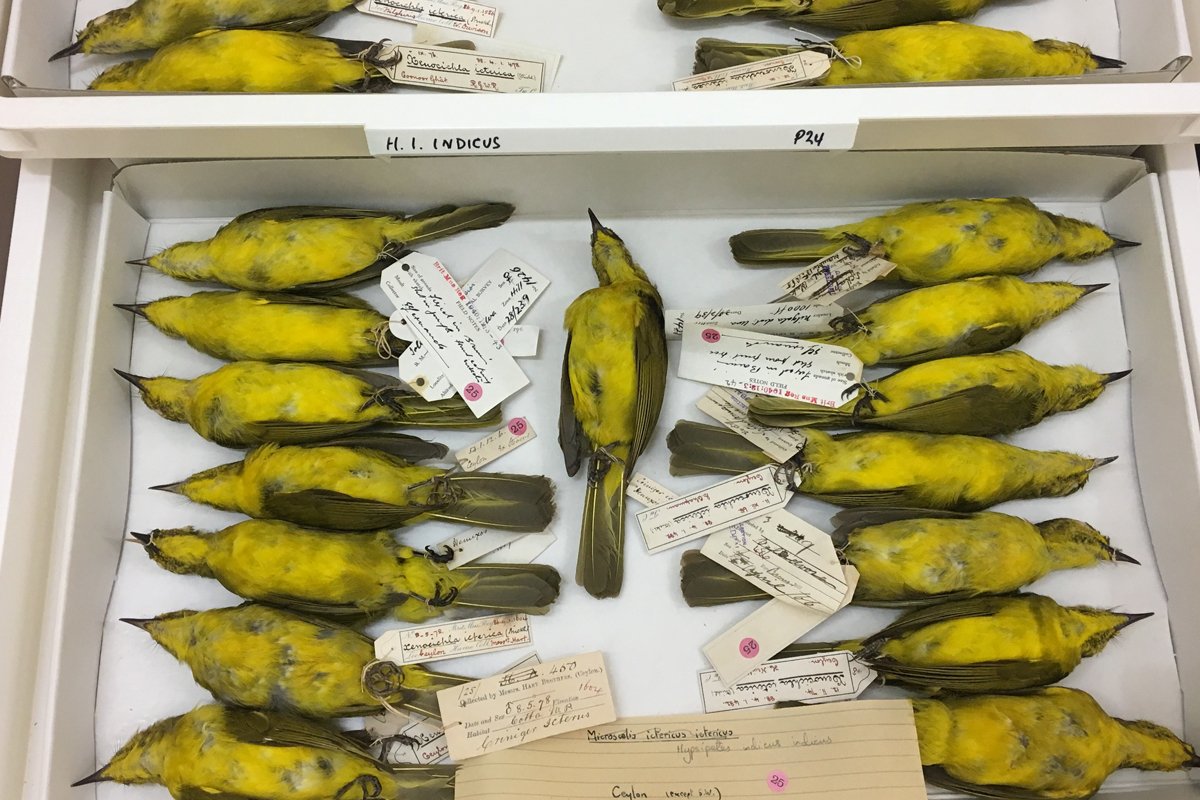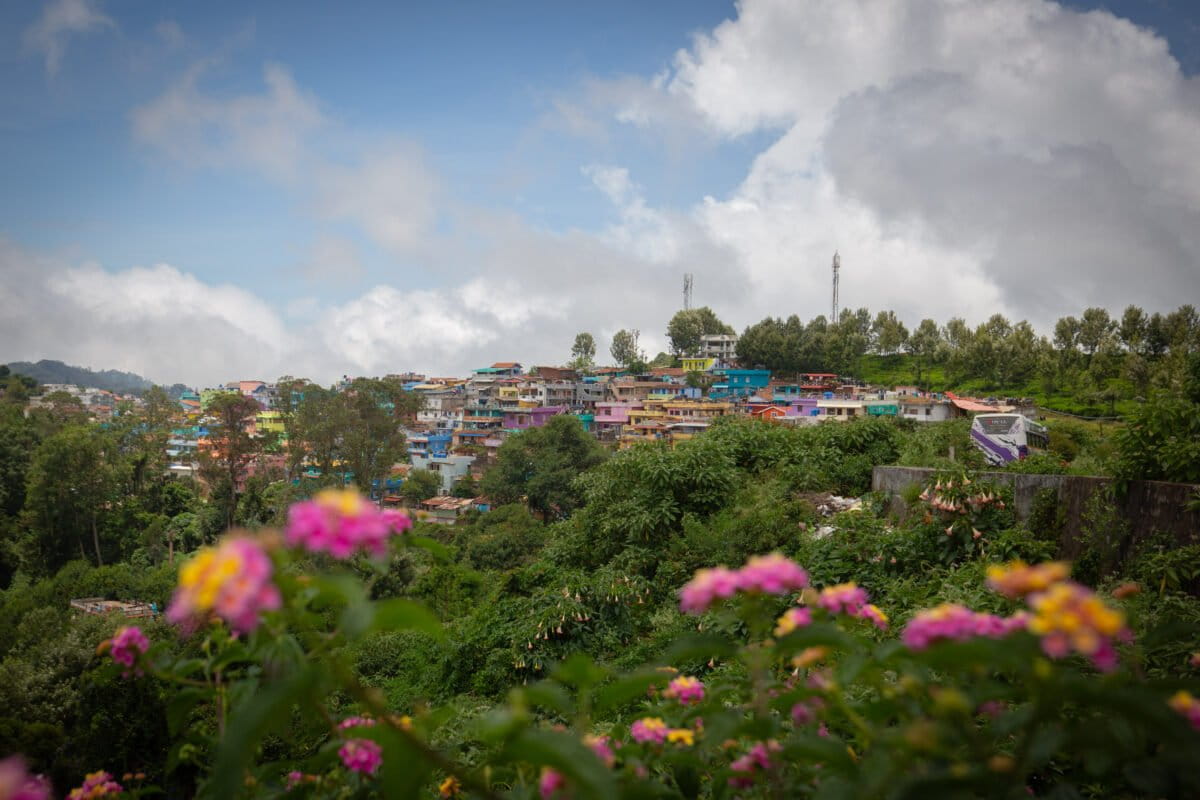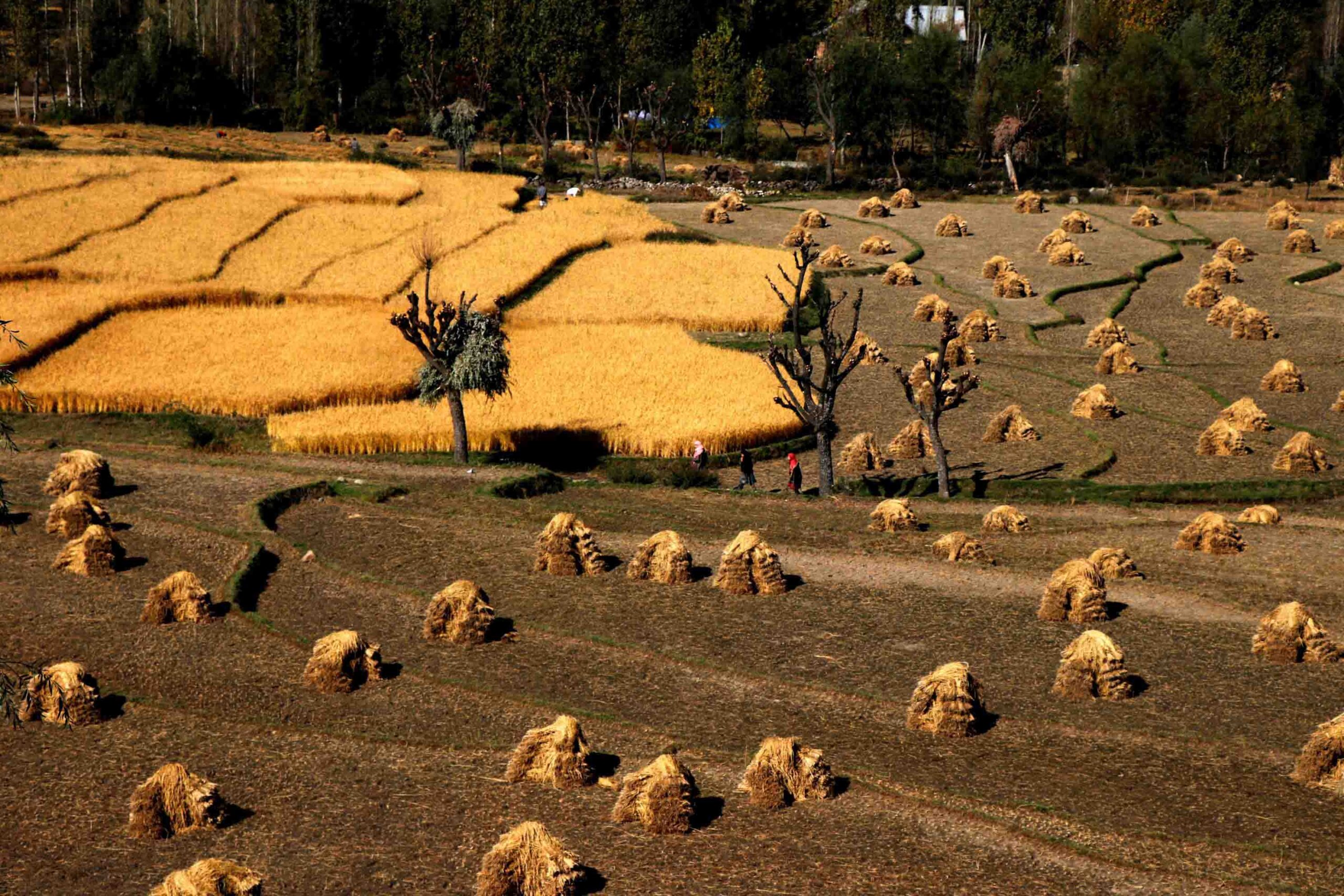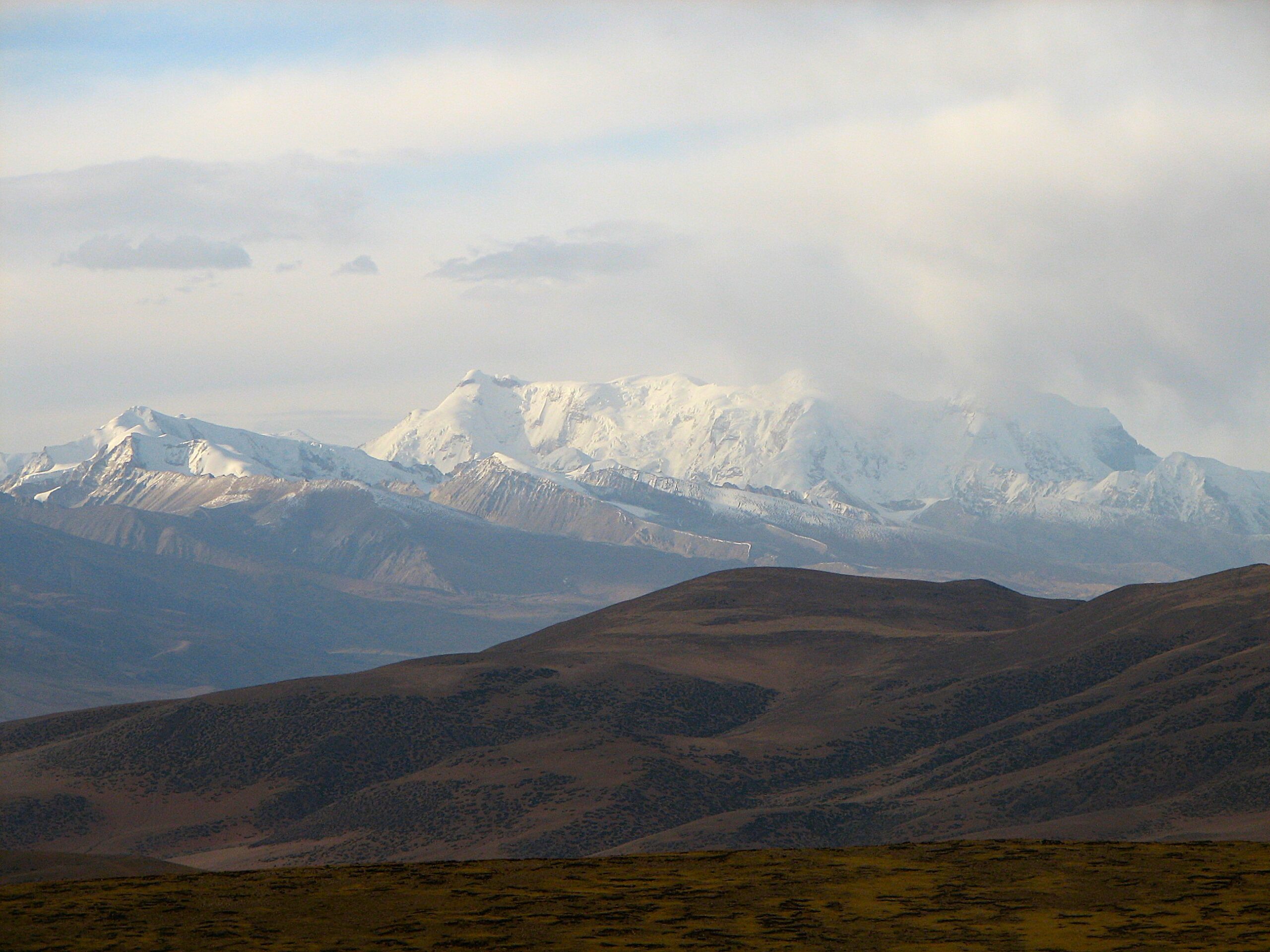
- Initiated in the early 1970s, the Mandal dam remains unfinished, displacing hundreds of families without full compensation.
- Despite fresh clearances and reduced reservoir levels, locals say jobs, land titles, and promised payouts have yet to materialise.
- Environmental experts warn that the dam’s operation will inundate over 1,000 hectares of tiger reserve forest, exacerbating human-wildlife conflict.
“It was 3 a.m. Everyone was asleep after dinner, full and tired,” narrates Mekhail Kerketta, recalling a terrifying August night in 1997. “Suddenly, the water surged. There hadn’t even been that much rain. Whenever it did rain heavily before, the water would drain away.” He pauses. “But not that day. The water just kept rising, and before we knew it, the whole village was underwater.”
Now, even at 67 years old, Mekhail, who lives in Kutku village in Jharkhand’s Garhwa district, recalls the devastation vividly. “It destroyed dozens of homes, and every animal tied to posts drowned,” he says with a heavy voice.
The 1997 flood submerged approximately 32 villages within the Mandal dam’s reservoir area in Latehar and Garhwa districts of Jharkhand. About 21 lives were lost, and hundreds of cattle swept away or drowned. At the time of the floods, while major construction of the dam, in the gorge of the North Koel river, a tributary of the Son river, was done, it was not yet operational. The authorities blamed the floods on “debris jamming the dam gates,” causing an uncontrolled rise in the water level. But many villagers who witnessed the horror alleged that the gates were deliberately shut. “It wasn’t an accident,” states Mangru Singh of Saneya, one of the villages in the submergence area. “It was a conspiracy.”
Human rights organisations claim that since the local residents opposed the dam, the dam engineer Bajnath Mishra shut the temporary gates as a way to silence the protests, which in turn led to the floods. Following the disaster, Maoists involved in armed insurgency killed the Mandal Dam engineer and attempted to blow up the dam but failed. Construction work came to a complete halt.
The villages continue to live in the shadow of the Mandal dam, a five-decade-old project. In the recent decade, the dam has received fresh clearances and is now being revived. The protests, meanwhile, continue.
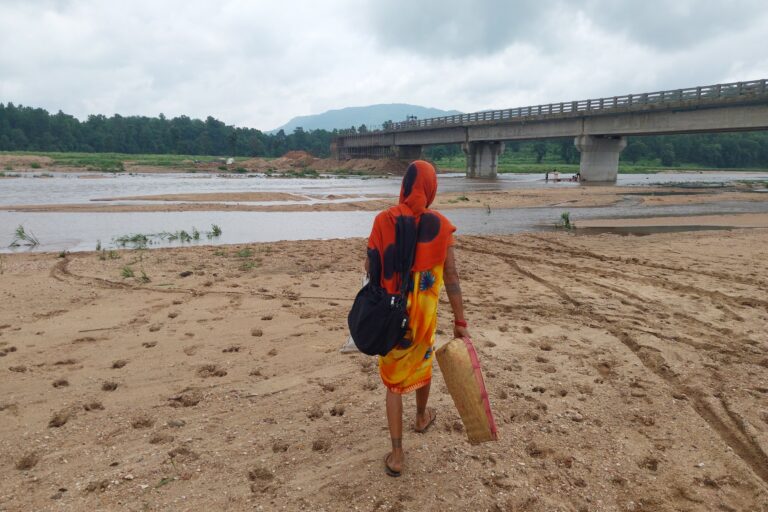
Five decades in the making
Work on the Mandal dam, officially the North Koel Reservoir Project, commenced in 1970-71, when Jharkhand was still part of Bihar. The main goal of the dam was to bring irrigation water to the dry districts of Aurangabad, Gaya, and Palamu in then Bihar.
The dam was proposed to be 364.82 metres high, and a 24 MW hydroelectric plant was planned. Soon after, two new laws came into effect: the Wild Life Protection Act (1972) and the Forest Conservation Act (1980). “By 1980, the work had started and almost every structure was in place except the installation of the sluice gate and spillway,” says Kumar Ashish, Deputy Director of the Palamu Tiger Reserve (PTR).
In 1973, Project Tiger created the PTR, covering a large part of the dam’s catchment area. The Mandal dam project received environment clearance (EC) in 1984 with eight conditions for compliance. In 1986, Government of India (GoI) had again asked for clarification on 14 points, which was not provided. Finally, the forest department objected when the sluice gate was being installed in 1993. As a result, the main structure was built, but the gates were never fitted, and the dam never held water. Following the 1997 floods, work on the dam was also halted.
By 2015, the process for the Mandal dam construction was fast-tracked, and in 2018, new conditions were set along with a reduced dam height. The project received fresh clearance, and the dam’s height was lowered to 341 metres.
In 2019, just before the Lok Sabha elections, Prime Minister Narendra Modi laid the foundation stone for the project. Thousands of villagers surrounded the Mandal dam site and raised slogans in protest. And the protest continues to date.

A long fight
In June this year, residents of Kutku and Saneya villages staged a protest at the Garhwa District Collector’s office, demanding proper compensation for the government’s plan to relocate the residents as the dam project, which falls in the core area of Palamu Tiger Reserve, is revived. Some even opposed the relocation itself.
That was when they came to know a bitter truth, which they unanimously rejected. “The government says that all 780 families, as per the latest 2018 survey, have agreed to relocate. They claim we have signed and given our consent, but none of us have signed,” says Mekhayil Kerketta. “This is a tribal village. Without the permission of the gram sabha, nothing can be done. If the government wants to talk, it should come to the gram sabha,” he adds. “That is why we reject the forged documents submitted without our informed consent.”
Beyond the allegation of the forged documents, the issue is also about the total number of families who should receive compensation for relocation. According to the 2018 survey conducted by the irrigation department, eight villages have 780 families, where “every member aged 18 and above is counted as a separate family,” an official says.
But the math doesn’t add up. According to the 2011 census, these villages had a total of 882 households. With the new condition of considering every 18 plus member as an individual family the count stands at only 780. “Even if a family has four people above 18, they have counted them as one,” alleged a villager on condition of anonymity. Many other villagers Mongabay India spoke to raised similar concerns.
Ironically, this is the second time the government is trying to compensate and relocate the villagers in process to construct the dam and make it functional.
The first-time, in 1986, the irrigation department acquired land for the dam and paid a one-time settlement of ₹10 lakh per family to 667 families across 16 villages that were supposed to be affected by it at the time, according to officials. They also promised one job per family. But villagers have a different version.
“Yes, I agreed to relocate back then, but the irrigation department did not fulfil its promise in time,” says Mekhail Kerketta of Kutku village. “Some families were paid, others were not. So how can everyone just leave their homes?”

“We were also promised one job per family,” adds Pratap Tirkey, former head of the Mandal Dam Sangharsh Sameeti and a resident of Kutku village. “Out of 667 families, only about 202 people received employment.”
Officials from forest department and irrigation department say no written records exist for those jobs.
D. S. Srivastava, a geologist who conducted the Mandal dam site impact assessment, argues that this broken promise is the reason many families refused to leave. He is the secretary of the Nature Conservation Society in Daltonganj, Jharkhand.
As the project lingers, villagers have been paying a heavy price for years. These villages, which have written records dating back to at least 1857, are no longer listed in government records.
“On paper, these villagers are illegal occupants, since the land has already been acquired. But now that their homes fall within the core area of the reserve, we are offering each family one acre of land, and the irrigation department is providing ₹15 lakh in compensation,” says Kumar Ashish of PTR. Since the planned dam is now in the core area of the reserve, two departments are sharing the compensation.
“We are excluded from every government benefit,” says Mangaru Singh, standing in front of his three-room kuchcha house. Neither he nor any other villager has received a house under the flagship Pradhan Mantri Awas Yojana (PMAY).
The younger generation faces other challenges. “We face constant hurdles in getting caste and residence certificates, which are required for admissions and other processes,” says Sanjay Singh, another villager. When wild elephants or nilgais destroy their crops, “we receive no compensation,” adds Mangaru Singh.
They also fear losing a cultural icon. Saneya, one of the villages likely to submerge, is the birthplace of tribal heroes Nilamber and Pitamber, brothers from the Kharwar tribe. During the 1857 uprising against the British, they led local Adivasi groups in resisting unjust taxes and protecting their land. Even today, they are remembered in Jharkhand for their courage and fight for justice.
“We hear the government say it has kept its promises,” says Mangaru Singh of Saneya village, pointing to Arun Singh, a direct descendant of Nilamber-Pitamber. “But even their family has not received a job.”
The villagers refuse to relocate and are demanding fresh land documents, protection of the Nilamber-Pitamber land, and its development as a heritage village.
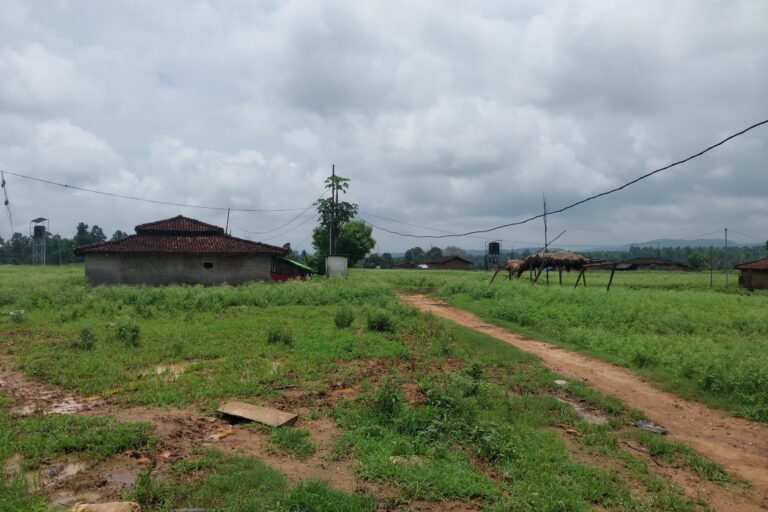
A Pandora’s box
The Mandal dam lies within the PTR. As per the latest 2018 clearance, the dam’s full reservoir level has been reduced from 367.28 metres to 341 metres. This change reduces the submergence of forest land from 6,203 hectares to 1,007.29 hectares. The number of villages affected by inundation has also come down from 17 to eight: Kutku, Bhajna, Khura, Chemo, Saneya, Khaira, Mandal, and Meral.
Despite the adjustment, the dam will still submerge over 1,000 hectares of reserve forest once operational. About 3.44 lakh trees will be cut. “The immediate effect will be massive,” warns Srivastava. “It will lead to increased human-animal conflict as wild animals lose their habitat and enter nearby villages in search of food and space.”
Although the forest clearance (FC) mandates compensatory afforestation, experts remain sceptical. “It’s proven that artificial jungle or afforestation can’t compensate for the natural forest,” Srivastava argues.
“But what we are suggesting is that the dam should open only after the relocation of villagers is completed. Then a buffer forest should be created around the core areas to mitigate forest loss and reduce the impact of villages inside the core,” he adds. Srivastava also believes that with the reduced height, the dam could eventually benefit PTR. “This will act as a natural reservoir, so the wild, especially the elephant, will stay here.”
“We have over 250 elephants, and in the dry summer months, when there’s no water, they have now begun to migrate,” says Ashish. “In the past 100 years, elephants were never seen in Madhya Pradesh via this route, but over the last three years, we’ve watched many move into neighbouring states like Chhattisgarh and Madhya Pradesh.”
However, this potential benefit for the tiger reserve comes with significant challenges for the surrounding villages. According to the Forest Advisory Committee (FAC), constituted by the central government, once the reservoir fills to 341 metres, it will fragment the PTR. Wildlife, especially elephants and tigers, will be forced to take alternate routes through a string of 13 villages, increasing the likelihood of conflict with humans living in the villages.
To avoid this, the FAC has recommended relocating these villages outside the PTR before the dam becomes operational.
The dam, when operational, will submerge over 1,000 hectares within PTR. The reserve’s core area was expanded in 2021 to compensate for that. Where there were once only eight villages inside the core, the expansion has now placed a total of thirty-five villages under strict protection. Even if eight of those relocate successfully, the reserve will still need to move twenty-seven more villages. And locals are not ready to relocate.
The state government meanwhile argues that relocating over 4,150 families, which includes those from villages not officially in the flood zone or protected forest, will lead to delays, rising costs, and social unrest. It has formally asked that the relocation requirement be dropped.
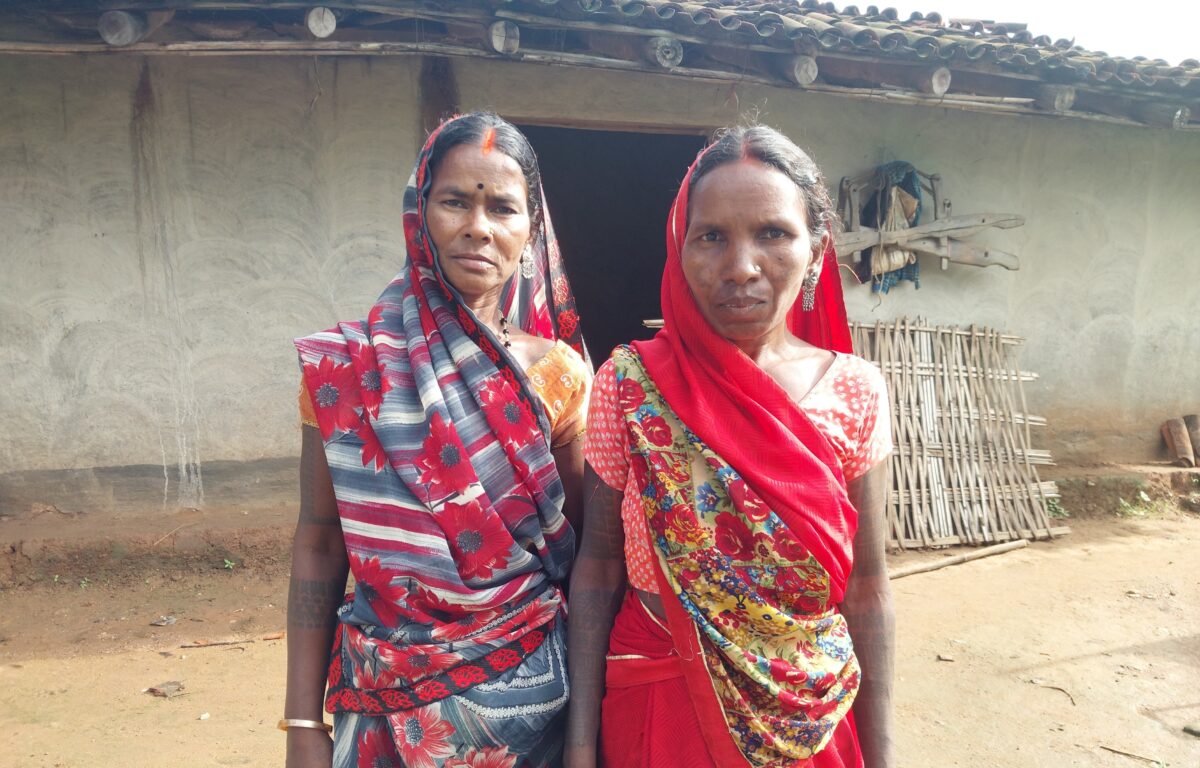
All this for nothing
“The Mandal dam project, which once started, is now dead,” says Srivastava. “With this reduced height, it will only act as a reservoir. At most, it might help maintain year-round flow in the river. That’s all,” he insists.
He adds that the earlier plan to supply water to Bihar’s Gaya and Aurangabad districts is no longer feasible. “Even irrigating parts of Palamu and Garhwa is uncertain.”
Siltation will further reduce the dam’s capacity. “When the dam fills, of course, storage will decline, and so will the discharge,” he adds.
The original cost of the project was ₹300 million. So far, the government has spent ₹7.924 billion and estimates an additional ₹16.22 billion to complete it. As one travels across Palamu and Garhwa districts, wide but damaged canals lie scattered across the landscape. Many people purchased homes in the hope that they would no longer face water scarcity. However, water has yet to flow through these canals. Whether it will ever reach their villages remains uncertain — one can only wait and watch.
“There has been heavy wastage of public funds in this project. This is the first case where, except for the dam, everything else was constructed — canals, airport, colony, school, hospital, clubhouse, and more,” Srivastava concludes.
Read more: Making way for tigers, moving human settlements
Banner image: The construction of the Mandal dam began in the 1970s, and was left unfinished. It is now being revived, and met with protests from local communities who are being denied the jobs, land titles and compensation promised. Image by Ashwini Kumar Shukla/Mongabay.

























